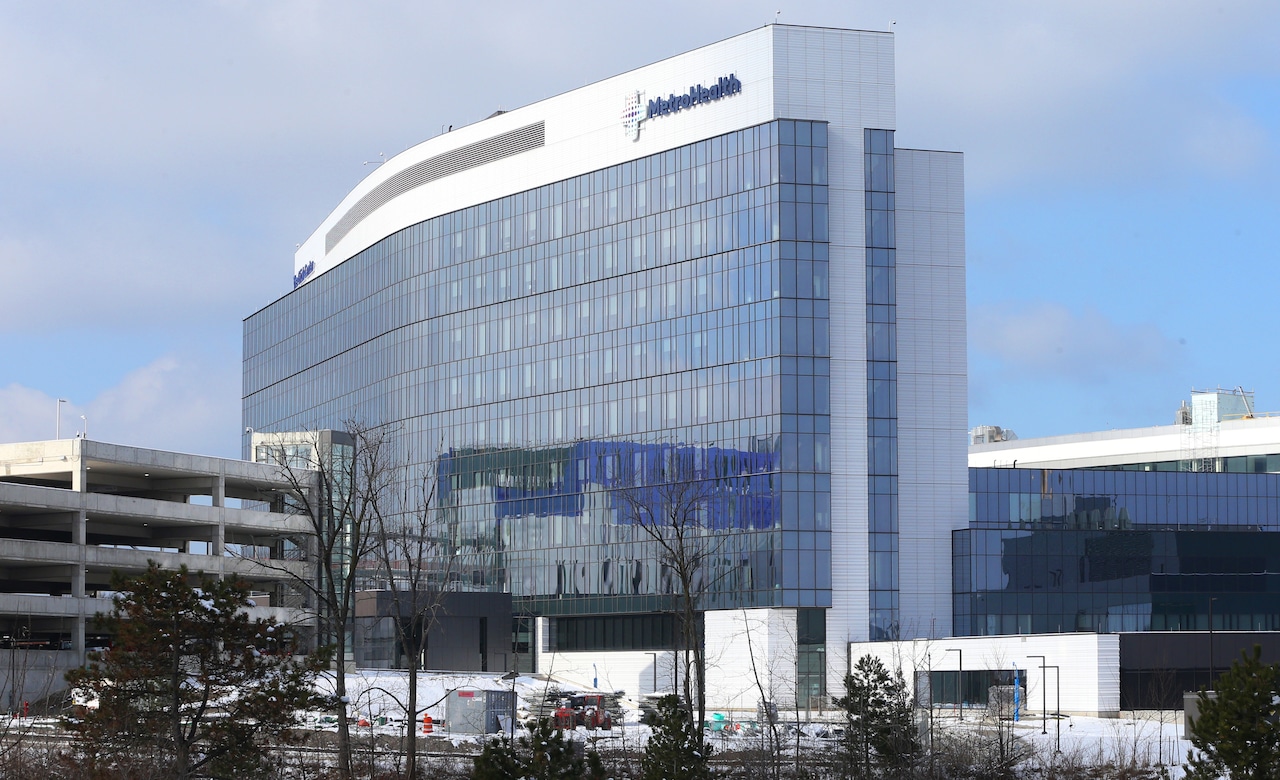Copyright cleveland.com

CLEVELAND, Ohio — MetroHealth leaders are urging Cuyahoga County to maintain its annual subsidy at $35 million, saying proposed cuts won’t collapse the health system’s finances or greatly impact services, but could widen its deficit and slow its recovery from ongoing budget pressures. County Executive Chris Ronayne has proposed trimming MetroHealth’s subsidy by $3 million next year and $1.5 million in 2027 to balance the county budget and free up funds for other priorities. MetroHealth CEO Dr. Christine Alexander-Rager told County Council on Monday that those cuts could result in 1,000 fewer residents receiving charity care. However, the health system has already built those cuts into its financial plans and – coupled with actions they’re taking to cut expenses – is on track to “break even” by 2027. “So, despite all of these headwinds, we actually are making headway financially,” Alexander-Rager said. Even so, she said, every dollar helps the hospital avoid drawing too heavily on its reserves – a step that could jeopardize compliance with its county-backed bond agreement. Though, MetroHealth previously assured that the county will never be on the hook for the bill if that were to happen. “We do have cash in reserves, but we want to not lean on that cash in reserves if we don’t have to,” Alexander-Rager said. “We feel like we have a solid plan, but we do need help, we do need assistance, and that’s why we’re here before you asking not to be cut.” The county’s subsidy has varied over the years, from a high of $40 million to as low as $32.4 million between 2016 and 2023, she noted. The county increased the subsidy to $35 million the last two years to help offset rising charity care costs. However, the value of that funding has eroded, Alexander-Rager said. She pointed to data showing that the county’s dollars once covered 6.2% of MetroHealth’s operating revenue, but now makes up just 1.7%. “Costs are going up and the dollars don’t cover what they once did,” she said. Rising costs and charity care MetroHealth’s patient demand has also grown in that time. Emergency department visits are up 5%, outpatient visits up 5.3% and prescriptions up 14% over last year, Alexander-Rager said. The hospital is also preparing to open a new outpatient center in April featuring a breast center, 24-hour pharmacy and infusion services for cancer patients. Those gains come with steep cost increases – a $20 million rise in medical supplies, $51 million more in pharmaceuticals and a $91 million jump in charity care from 2024 to 2025. Charity care is now costing more than $1 million per day, Alexander-Rager said, with MetroHealth projecting $367 million in costs in 2025 and $446 million in 2026. In the past nine months alone, the hospital has treated more than 117,000 uninsured or underinsured patients. “Those are unprecedented levels and actually exceed what happened in the Great Recession,” she said. And numbers could get worse. Federal changes to Medicare and Medicaid and Affordable Care Act subsidies that are set to expire at the end of the year are expected to leave millions of people without medical coverage, further straining hospital budgets. MetroHealth has been taking steps to offset some of those losses – cutting staff, freezing hiring, reducing executive pay and closing several sites. It has also adjusted its charity care policy to require some patients to pay for a portion of their care and is hosting events to help uninsured residents enroll in coverage. “We do have to continue to get our financial house in order,” Alexander-Rager said. “We do still have to continue to look at what efficiencies we can create, what we can do within our four walls...so that we can continue to provide the charity care that’s so sacred to who we are.” Councilman Michael Gallagher called the proposed cut “unacceptable” and suggested raising MetroHealth’s subsidy to $36 million for the next two years, though he acknowledged it would not solve long-term challenges. “Hopefully that’s met with enthusiasm,” he said, challenging his colleagues to support it. Former Council President Pernel Jones was more measured, though. While he said he’s “receptive” to restoring MetroHealth’s subsidy, calling their services “one of the more critical things that we do, if not the most critical,” he noted that the county is in “probably the most serious budget crisis that we have had” and has to make some cuts somewhere. He wanted to make sure other departments don’t have a greater need. “So, we will stay tuned for that,” Jones said. Behavioral health dispute The subsidy debate comes as MetroHealth braces for other funding cuts. Last month, Alexander-Rager announced the hospital will close its psychiatric emergency department by the end of the year, after the county supported the creation of a separate behavioral health crisis center. The Alcohol, Drug Addiction and Mental Health Services Board, which had been funding the psychiatric unit, said it would need to redirect its $4 million subsidy to the new center instead. Alexander-Rager said the 10-bed facility couldn’t survive without that funding, and she couldn’t justify duplicating services. Ronayne later disputed that narrative, saying MetroHealth board members had told him that the health system was already planning to close the facility. Alexander-Rager sought to correct the record during Monday’s meeting, telling council, “I never had a plan to close the psychiatric emergency room” and “if it weren’t for the loss of the $4 million of funding, that emergency room would remain open.” She suspects Ronayne might have confused the psychiatric emergency department and MetroHealth’s broader behavioral health hospital, which she said had been losing money. Regardless, she said MetroHealth will continue providing behavioral health care through its other emergency departments. “We still plan to be a critical piece of providing behavioral health services to the community,” she said. Alexander-Rager finished on a cautiously optimistic note, touting MetroHealth’s improving financial outlook, even in the face of ongoing strains. She noted the health system is projecting a $31 million deficit next year – an improvement from the $48 million loss projected this year. Some of that shortfall is tied to the demolition of the hospital’s 11-story iconic Towers Building, she pointed out. If excluded, the system’s 2026 losses would be closer to $19 million. The county’s full, $35 million subsidy would keep the momentum going, she argued. It wouldn’t eliminate MetroHealth’s deficit, but it would make it “far less negative,” she said. Either way, MetroHealth will endure, she stressed. “We’ve been around for almost 200 years, and we believe that we can weather the storm,” Alexander-Rager said.



